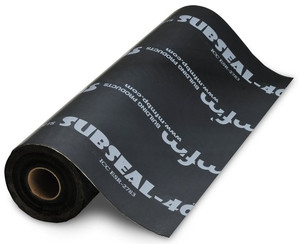High-Density Polyethylene, commonly known as HDPE, has become one of the most valuable and popular materials used by manufacturers for making their products as well as being recyclable. Recycled HDPE is just as good as virgin HDPE and is used for a huge range of products due to its strong internal structure and durability. Some of the recycled high-density polyethylene material is used for bottles, plastic tables, plastic lumber, pens, fences made from plastic, furniture, benches, toys, rope, trash cans, recycling bins, decking, and bike racks, is just a tip of the iceberg. Learning how important your recycling efforts are, will show you how recycling is great for our planet and the environment.
In this article, we will go over how many ways high-density polyethylene is used to make new products as well as recycled products, and what high-density polyethylene is.
Because it's made from petroleum, HDPE is a polyethylene thermoplastic. It's one of the most flexible plastic polymers on the planet and is a chosen plastic used in manufacturing. Created in the 1050s by chemists Karl Ziegler and Erhard Holzkamp, it's considered one of the best plastics available on the market. Not only is this plastic the most popular material to date, it's also the most popular recycled material to date.












